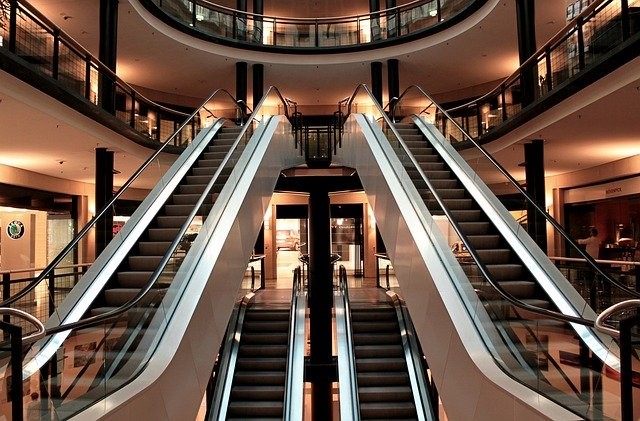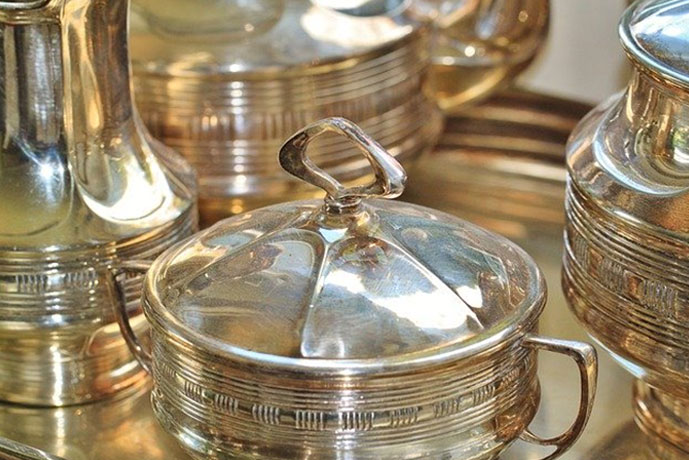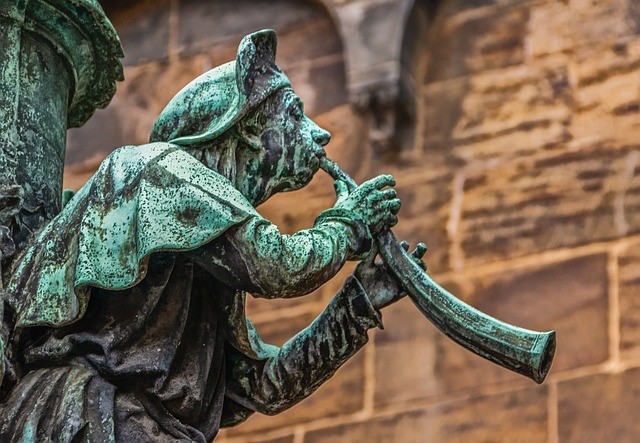Humanity’s 6 million years of existence represent a tiny fraction of the evolution of life on Earth as we know it. Surprisingly, our ancestors kept their primitive lifestyle for most of this period. Progressive civilizations only started to emerge around 12,000 years ago when the first metals were finally discovered.
Our ancestors called the first metals “native metals”. These include gold, copper, silver, tin, lead and iron. They were initially use to make weapons, shields, cookware, jewelry, and furniture pieces. Eventually, advancements in metalworking technology allowed for even more sophisticated applications.
The discovery of metals paved the way for industrialization to which we owe the modern world we live in today. If metals were discovered much earlier, we’d probably be a Type 1 civilization in the Kardashev scale by now. That’s because metals hold the key to limitless innovations.
Major Uses of Metals
When you think of metals, the first thing that would probably imagine is the Kinzie Street Railroad Bridge. After all this prominent landmark in Chicago is made mostly of steel, one of the most popular metals around. Structures like this bridge show us how essential metals are to modern world infrastructure. To elaborate, here are some of metals’ major uses.
-
Transportation
– Metals like steel and titanium account for about 80 percent of the total weight of the average vehicle. Same goes for trains, airplanes, ships, and other modern-day transports. The roads, bridges, and railways these vehicles run on are either reinforced or completely made of metals, too. It’s hard to imagine the world’s transportation systems completely devoid of metals.
-
Construction
– Metals play a major role in construction of vertical structures as well. For instance, columns and beams of low and high-rises are reinforced with steel bars. So are the hollow blocks that comprise walls and partitions. Depending on your home’s architecture, the roof trusses and the roof itself may be made of metals, too. All the equipment and tools used for construction, including power tools, hand tools, and excavators are all made mainly of metals.
-
Telecommunication
– The towers and dishes that feed signal into your electronic devices are all made of metals. Even if they only provide structural support, metals are safer and more reliable to use than other materials due to their natural toughness and high tensile strength.
-
Security
– Ever seen a padlock, deadbolt, knob lock, or even a bank vault made of plastic or wood? I bet you haven’t because metals, with their immense strength and toughness, are the preferred material for this application. Prison cells consist of metal bars, too, because not only are metals hard to wreck, but they are also easier to extrude into bars and plates than other materials.
-
Electricity
– If you peel off an electrical cable’s plastic jacket or insulator, you’ll be greeted by a metallic core. Metals are an ideal wire core material because they are electrically conductive. In fact, around 95 percent of an electrical system consist of highly conductive metals, mostly copper, to allow for maximum distribution of electricity.
Uses of Metals in Our Daily Life
A lot of objects and products you use on a regular basis are made of metals or have metallic components. Identifying these everyday items can help you get a good sense of the importance of metals in our daily life. These items may range from small furniture pieces to large fixtures like the ones you can purchase from a copper sheet supplier. Here are some major examples.
-
Cutlery
– Family meals won’t be complete without a set of shiny spoons, forks, and knives. While you can opt to use plastic or wooden cutlery, it doesn’t give off that sophisticated vibe that you can only experience with its metallic counterpart. If anything, non-metallic utensils are unappealing to most people, especially when used in a formal setting. Furthermore, metal cutlery lasts longer and is easy to maintain.
-
Money
– Ever seen a coin made of rubber or stone? I bet you haven’t, because all modern coins are made of metal. In the past, coins were made of gold or silver, but as the value of these metal increased, they were replaced by other less valuable metals, such as copper, nickel, and zinc. These metals are both lightweight and corrosion-resistant, so they are perfect for this application. During war times, however, coin manufacturers used steel because the usual metals were hard to come by.
-
Decoration
– The trims along your door frame, the lovely curls and shapes on your railings, or even your engraved curtain rods all complement the modern look you desire for your home. Metallic decorations have long been incorporated in interior and architectural designs because they are both elegant-looking and durable.
-
Jewelry
– The majority of jewelry items, if not all, have metallic components. Even bracelets or hair clips that are made mostly of stone or ceramic usually have metallic chains, cords, or clasps.
-
Containers and Packaging
– Some of the groceries you usually buy, such as preserved food and soda, come in metallic containers or wrappings.
-
Gadgets and Appliances
– Just about every device or equipment you own is either partially or mainly metallic, be it your entertainment system, laptop, cellphone, or kitchen appliances. Non-metallic cladding or casing is often used to enhance their aesthetics.
Should you need metals for your own handicraft or architectural projects, make sure to look for a company that offers high-grade metal supplies. Premier copper, bronze, and brass suppliers in North America, such as Rotax Metals, are your best bet. Find out how long they’ve been in the business and where they source their materials. Visit their foundry to get a glimpse of the metalworking methods they use if possible.




